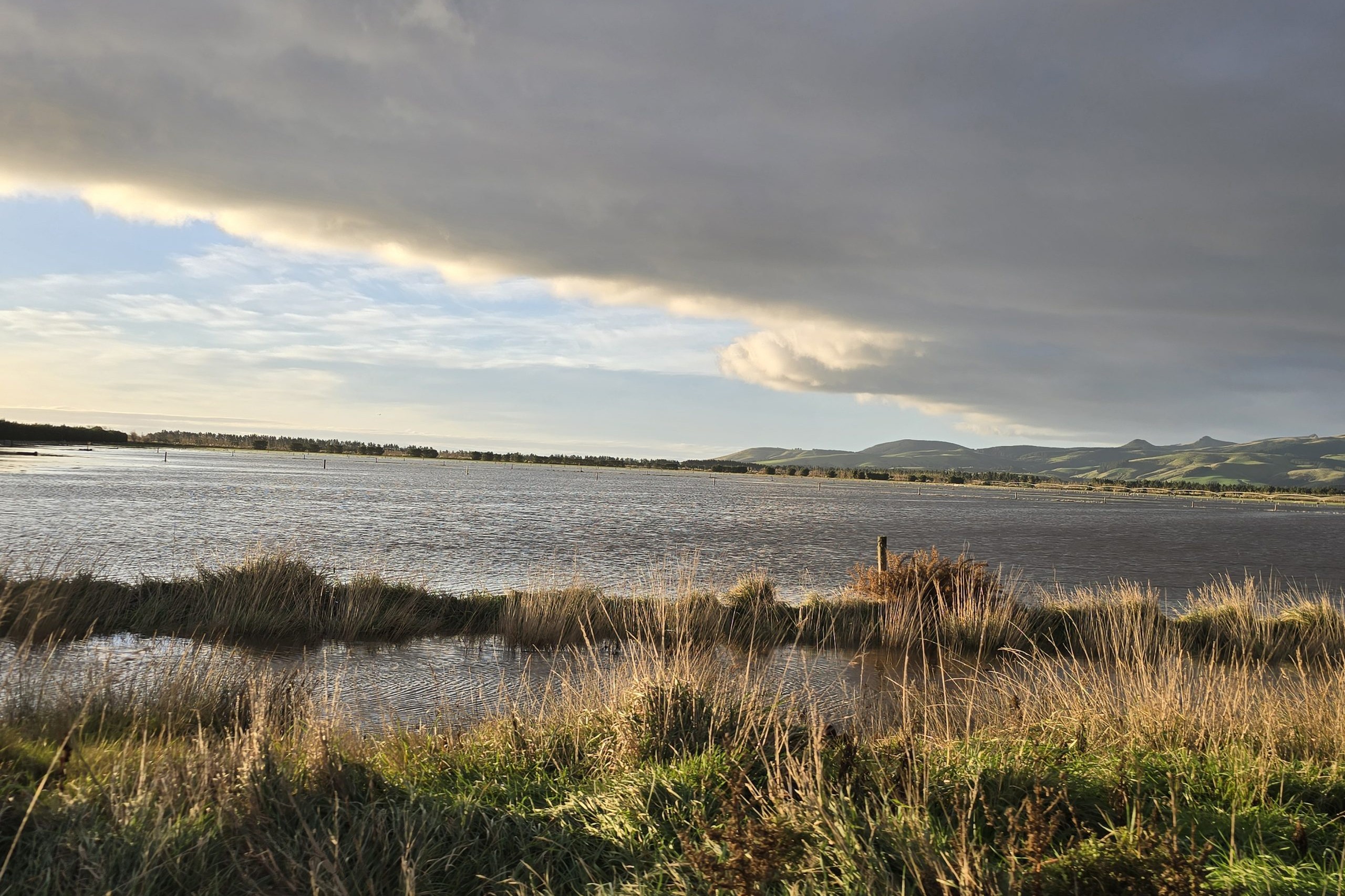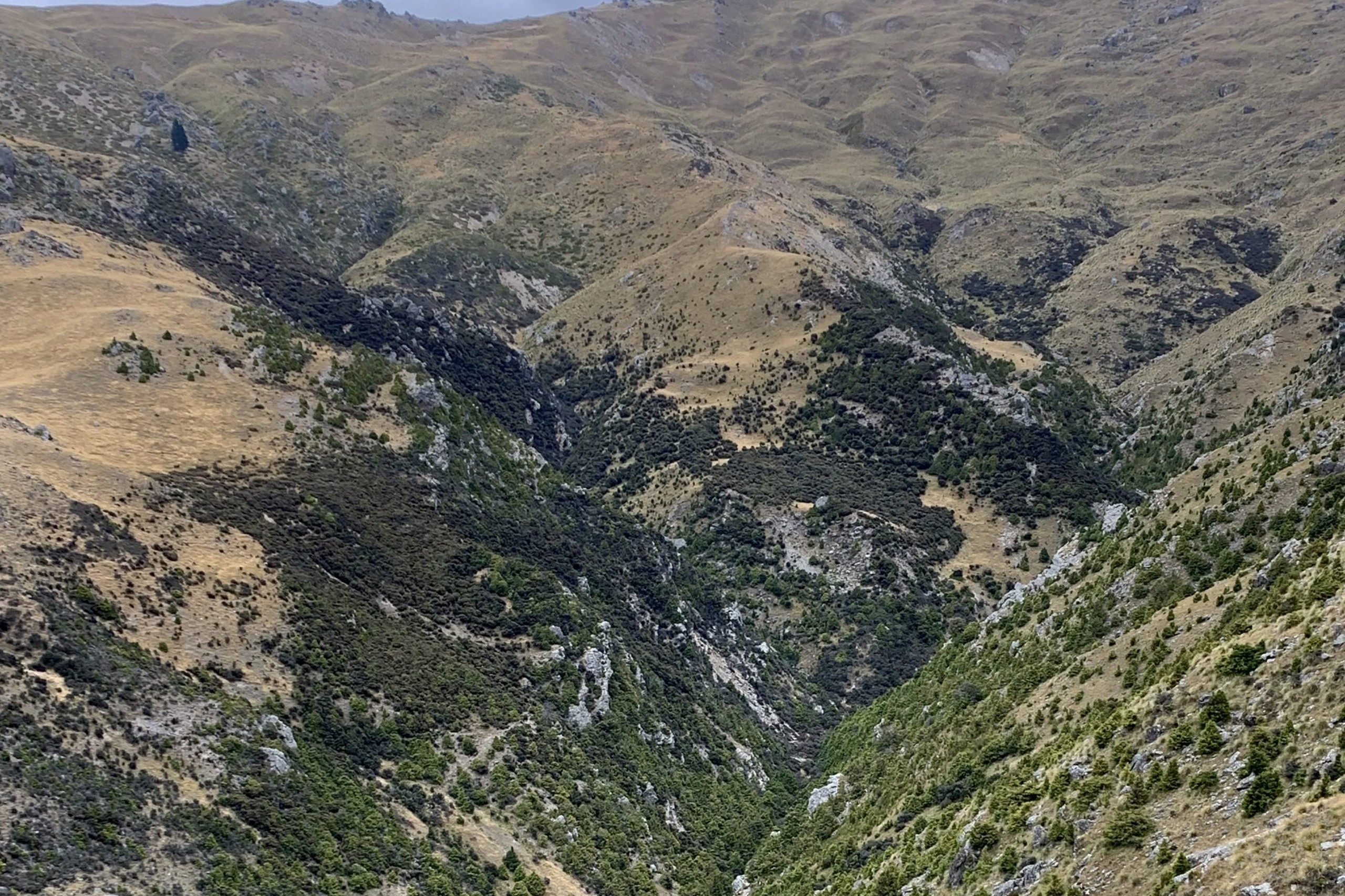Nick Loughnan’s sheep and goat cheese operation means he cannot afford to chemically treat his ewes and goats for worms which have become resistant to available drenches.
It has definitely got to be the shittiest thing about farming livestock, and it is quietly becoming a serious problem.
It does have solutions, but these require more attention and time than many of us are able to give to it.
It is the annual problem of internal parasites and their effect on young animals.
There are many common types of these ‘worms’ and they can quickly cause a healthy young animal to lose condition, gain a rear end full of stinking shit, and for lambs the extra risk of flystrike.
Left untreated, death usually follows.
About 50 years ago anthelmintic drenches were developed and released in New Zealand. Their success as a treatment for ‘wormed-up’ animals saw their use quickly change from treatment for just animals with high worm burdens to whole-flock drenching.
So preventative drenching regimes were until quite recently seen as a prudent way to combat the scourges of worm burdens on livestock. To not do so was seen as negligence, in the same way as forgetting to pay the insurance premiums. In lambs the mantra was four drenches at three-four-week intervals. And every animal got done.
On our farm, a reluctance to use chemical drenches has partly come about because of withholding periods. As we are milking ewes and goats for on-site cheese production, we simply cannot afford to use chemical drenches – the withholding period for milk from treated animals is weeks, and this quickly sends our operation towards the red direction.
Most dairy goat operations in NZ operate on the ‘cut and carry’ method of feeding their lactating does. This guarantees that the feed cut from pastures without livestock grazing on them will be free of the infecting parasitic larvae – it simply breaks the parasite lifecycle, similar to the benefits seen when grazing stock on crop.
We manage differently, running our goats outside on pasture with red deer, but rely heavily on the herd having weekly access to willow prunings which are high in tannins, and hard on worms.
So our approach is aligned to the science now being promoted by scientists and vets who understand the disastrous impact parasite drench resistance is having on many NZ sheep farms. We were astounded to hear last week from a vet that there are regions where sheep can no longer be farmed – their parasite worm populations have become immune to all existing drench families, and are now indestructible. The hard truth is that many farmers in NZ use drenches in a way that is resulting in both drench-resistant parasites, and drench failure. Both conditions are permanent.
Healthy, undrenched livestock may well have developed an immunity to the parasitic worms they are host to, and drenching these animals is wrong on two counts. It is unnecessary, and it helps push parasite populations a little further along the path to drench immunity.
An interesting parallel occurred in NZ in the late 1990s with rabbit control when rabbit calicivirus was illegally introduced. It had an incredible knock-down effect, killing an estimated 95% of the furry pests within months. However, those few remaining rabbits who were immune to the virus simply did what rabbits do best, and within two decades our serious rabbit problems are back again.
Livestock parasites are no different. They have developed immunity to our drenches, and no new families of drench are in the pipeline. We must change the way we use them, and value highly the animals that can cope well with the parasites they carry, and at the times when pasture larval challenges are high. And we must keep populations of undrenched worm parasites on our farms – these are still treatable with anthelmintics and help ensure drenches remain effective. This concept is referred to as ‘refugia’.
Stud breeders around the country have been working quietly on breeding worm-resistant or resilient traits into their animals. AgResearch has been working for about a decade on the CARLA larval challenge response in sheep, and there is a measurable index for this trait within the SIL index database.
There is an excellent website promoted by Beef+Lamb NZ simply called Wormwise. It spells out the problems and some useful strategies on what to do about them.
But the reality is here. Drenches are fast losing their effectiveness, and the way we use them must change.




